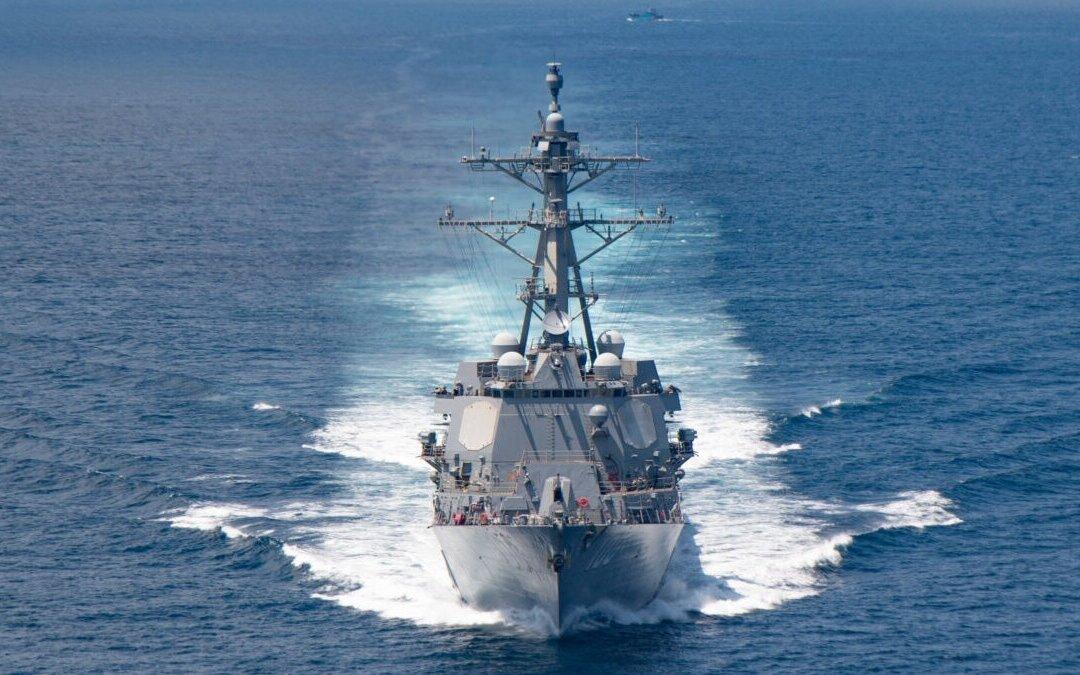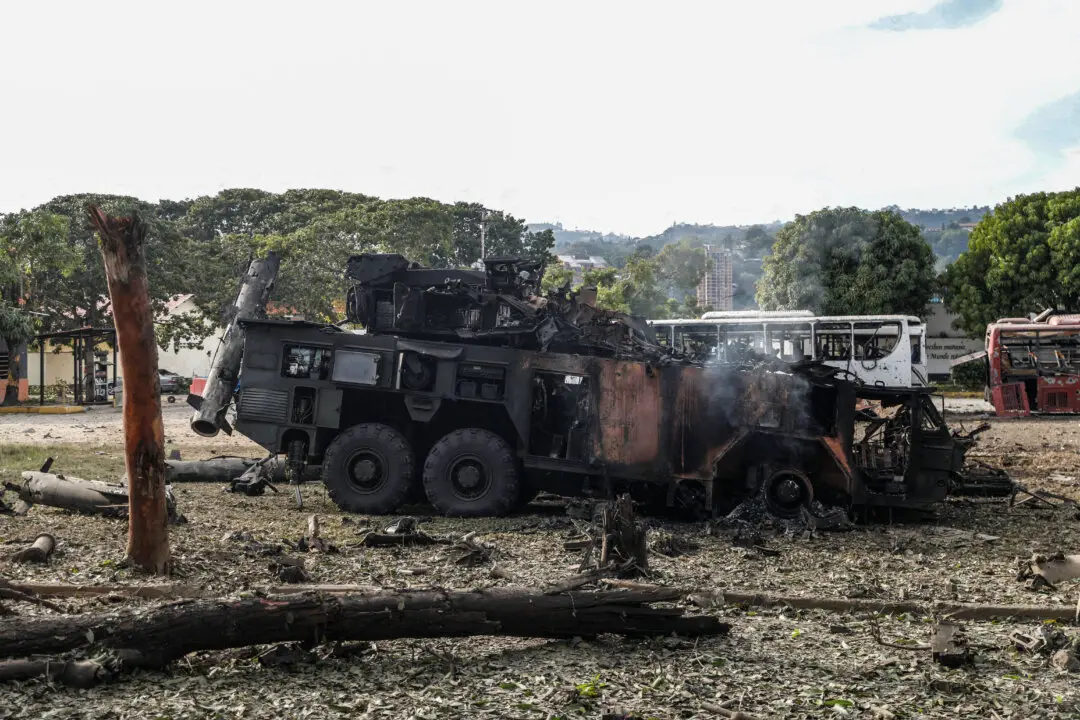Commentary
The U.S. Navy’s latest Pentagon Battle Force Ship Assessment and Requirement released on July 18 has raised the estimated requirements for ships to 381 vessels from 373. This puts the Navy at more than 80 ships short of what it believes it needs to meet its national security requirements.





